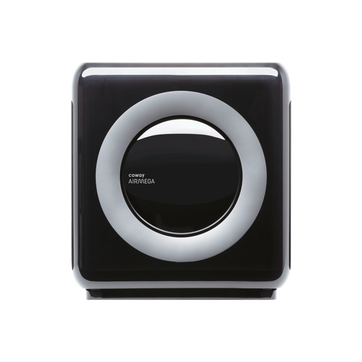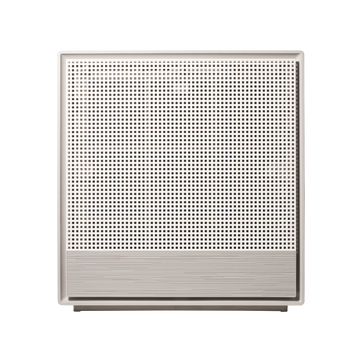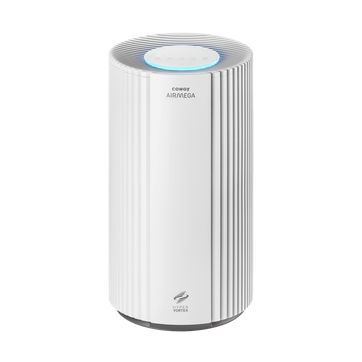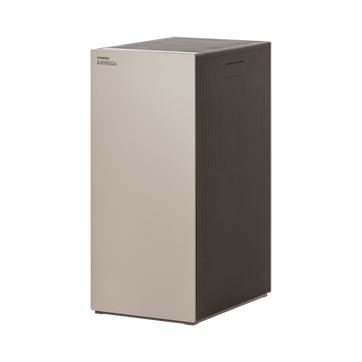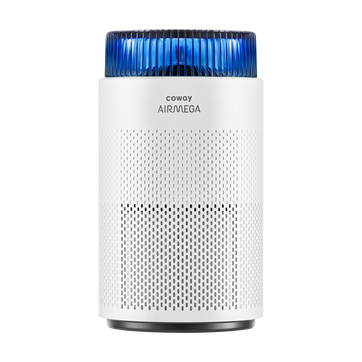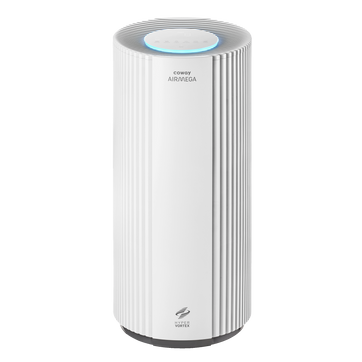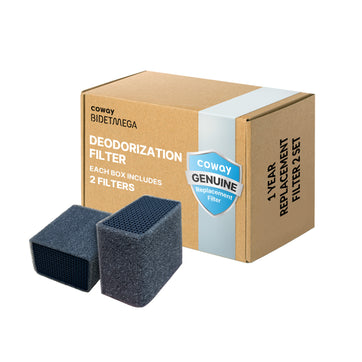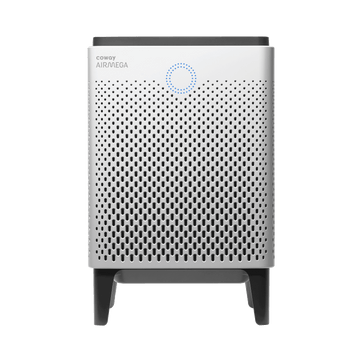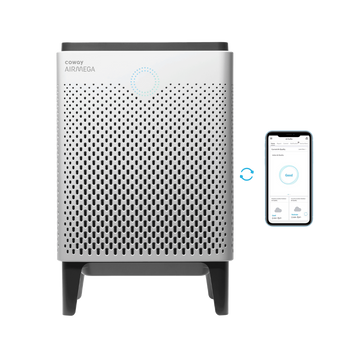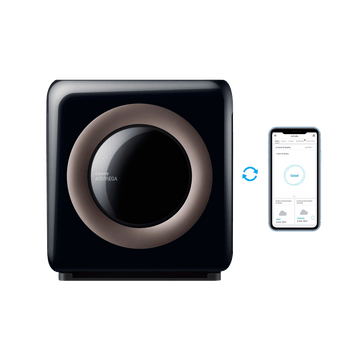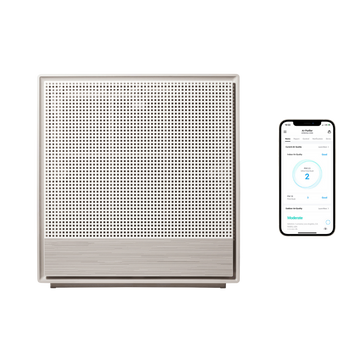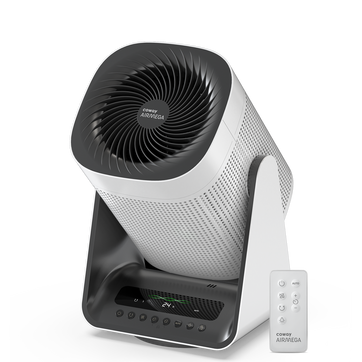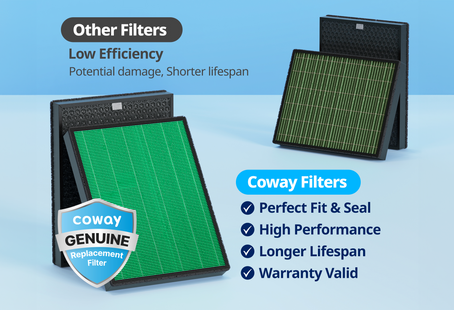
A Brief History of Toilets: Waste Disposal Through the Ages
For millions of years, humans have dealt with waste elimination, but organized toilet systems only emerged around 2800 BC with the rise of civilization. As communities grew larger, managing waste became essential for public health, a challenge that continues to drive bathroom innovation today.
What Were the First Toilets Like?
The Indus Valley Civilization in northwestern India and Pakistan created the earliest known toilets around 2800 BC. These outdoor fixtures featured vertical chutes that emptied into cesspits or street drains, establishing the fundamental principle of moving waste away from living spaces.
Ancient Rome took a different approach with their public bath houses, incorporating flowing water toilets elevated to chair height. While effective at keeping streets clean, Roman toilet hygiene had serious drawbacks (believe it or not, everyone shared the same sponge or stick for cleaning). This communal approach might horrify us modern users accustomed to personal hygiene standards!
How Did Medieval Societies Handle Sanitation?
Medieval European castles employed "garderobes," small rooms that projected over castle walls, depositing waste directly into moats or rivers below. While this kept castles relatively clean, downstream communities faced the consequences of this primitive sewage system.
China's Han Dynasty (starting around 200 BC) developed pig toilets in rural areas, where outhouses positioned over pigsties created an efficient, if unappetizing, waste recycling system. The pigs consumed human waste along with their regular feed, turning a sanitation problem into livestock nutrition.
Why Did Chamber Pots Represent Progress?
Despite seeming primitive, chamber pots actually addressed a crucial need: convenience. Kept in bedrooms throughout post-medieval Europe, these simple vessels eliminated nighttime trips across cold castle floors or outdoor journeys to latrines. Users would empty them into central waste areas, balancing personal comfort with communal hygiene practices.
When Did Modern Bathrooms Emerge?
The indoor water closet appeared around 1850 in Europe, combining two major innovations:
- Running water infrastructure in urban areas
- Middle-class homes with dedicated bathroom spaces
- The S-trap plumbing system that prevented sewer odors from entering homes
- Growing awareness of hygiene's role in disease prevention
Thomas MacAvity Stewart revolutionized toilets in 1907 with his vortex-flushing bowl design, which became the global standard. This Canadian invention enabled the 20th century's rapid adoption of flush toilets worldwide.
What Makes Bidets the Next Evolution in Toilet Technology?
After five thousand years of toilet evolution, bidets represent the latest advancement in bathroom hygiene. Common in Europe and Japan for decades, bidet technology is transforming American bathrooms through innovative products like the Coway Bidetmega 400S and 500S.
The newest Bidetmega models showcase cutting-edge features:
- i-wave technology for personalized cleaning patterns and pressure
- Triple Hygiene Care with WaterShield™ protective mist technology
- Dual-mode UV cleaning that activates automatically or on-demand
- Tankless instant heating for continuous warm water
- Auto-closing lid on the 500S model for hands-free operation

How Does Coway Bidetmega Transform Daily Hygiene?
The Coway Bidetmega 400S and 500S elevate standard toilets into intelligent wellness systems. Both models feature i-wave cleaning technology that adjusts water pressure, motion patterns, and spray configurations to individual preferences. Users can choose between General mode for everyday single-stage washing or Course mode for comprehensive three-stage cleaning.
Advanced features enhance the experience beyond basic cleansing. The Move function creates gentle nozzle motion, Air+ infuses bubbles for better cleaning power, and Wide provides gentler spray for sensitive skin. With dual memory profiles, two users can save their perfect settings—Profile 1 even comes pre-configured as child-friendly mode for family safety.
Why Are Bidets Gaining Popularity Now?
Several factors drive have been driving increased bidet adoption, such as:
- Growing environmental consciousness about paper waste reduction
- Enhanced hygiene awareness following global health events
- Aging populations seeking bathroom accessibility solutions
- International travel exposing Americans to bidet benefits
- Improved technology making bidets more affordable and user-friendly
What Can History Teach Us About Bathroom Innovation?
Toilet evolution reflects humanity's ongoing pursuit of better hygiene and convenience. From the Indus Valley's basic drainage systems to Rome's flowing water toilets, each civilization contributed improvements. Medieval garderobes prioritized waste removal, while chamber pots emphasized personal comfort. The modern flush toilet combined multiple innovations into today's standard.
Bidets continue this progression, addressing hygiene limitations that persist even in modern bathrooms. As toilets evolved from outdoor necessities to indoor conveniences, bidets transform basic elimination into comprehensive cleansing, proving that bathroom innovation remains relevant after five millennia.
Curious to learn more about bidets? Check out our blog on how to use one.
Disclaimers
1Coway air purifiers have been proven to trap dust, pollen, dander, viruses and bacteria in the air based on KCL (Korea Conformity Laboratories) testing.They have been tested in a 30㎥ size chamber according to the Korea Air Cleaning Association standard (SPS-KACA 002-132:2022 Modified) to measure the 0.01㎛ size of particle removal rate. It was tested on maximum airflow speed in normal room temperature and humidity conditions. The performance may vary in the actual living environment of customers.
→ Tested with Airmega Aim, 50, 100, 150, 160, Tower AP-1216L, Mighty AP-1512HH, MightyS AP-1512HHS, 200M, Icon, IconS, 230, 240, 250, 250 Art, 250S, 300, 300S, 350, 400, 400S, 450, ProX
299.97% of viruses, bacteria, fungi and pollen were verified to be removed from the air for Coway air purifiers which have Green True HEPA™ filter applied based on the Japan Food Research Laboratories(JFRL) testing according to JEM 1467 standard.
→ Tested with Coway Airmega Mighty AP-1512HH, MightyS AP-1512HHS, 250, 250 Art, 250S, 300, 300S, 400, 400S
→ All tested by JFRL and received above result within below time.
4The concentration of ammonia, acetaldehyde and acetic acid were proven to be removed within 30 minutes by FCG Research Institute, Inc. Human Life Science Lab. It is not a demonstration result in the actual use space. Not all odors and gases may be supported. → Tested with Coway Airmega 150, 160, Mighty AP-1512HH, MightyS AP-1512HHS, 400, 400S
5The coverage area of the air purifier is based on an area where the air cleaner can make two air changes per hour (ACPH). An air change per hour translates to how many times an air purifier can clean an area, assuming the height of a ceiling to be 8 ft, in one hour. Therefore ** means two air changes per hour means that the cleaner can clean the area once every 30 minutes and * means air changes per hour means that the air purifier can clean the area once every 60 minutes.
10Terms and conditions apply. Discounts, including promotions, coupons, bundle discount and subscription discount, cannot be stacked on top of other coupons. During promotional periods, discount codes will not be able to be applied to orders. Promo codes may apply to products only—filters, accessories, and new products within 3 months of the release date are not included.
11Based on Coway R&D internal laboratory testing, activated carbon filtration was shown to remove up to 95% of ammonia odors within 40 minutes, and up to 99% of fecal odors within 20 minutes. Actual performance may vary depending on usage conditions.

